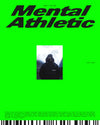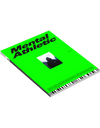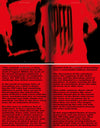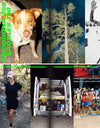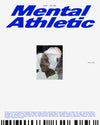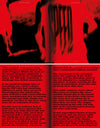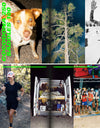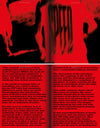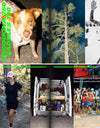The Sun: Symbol and Resource
Learn how visionary artists capture its energy—indoors, outdoors, and beyond
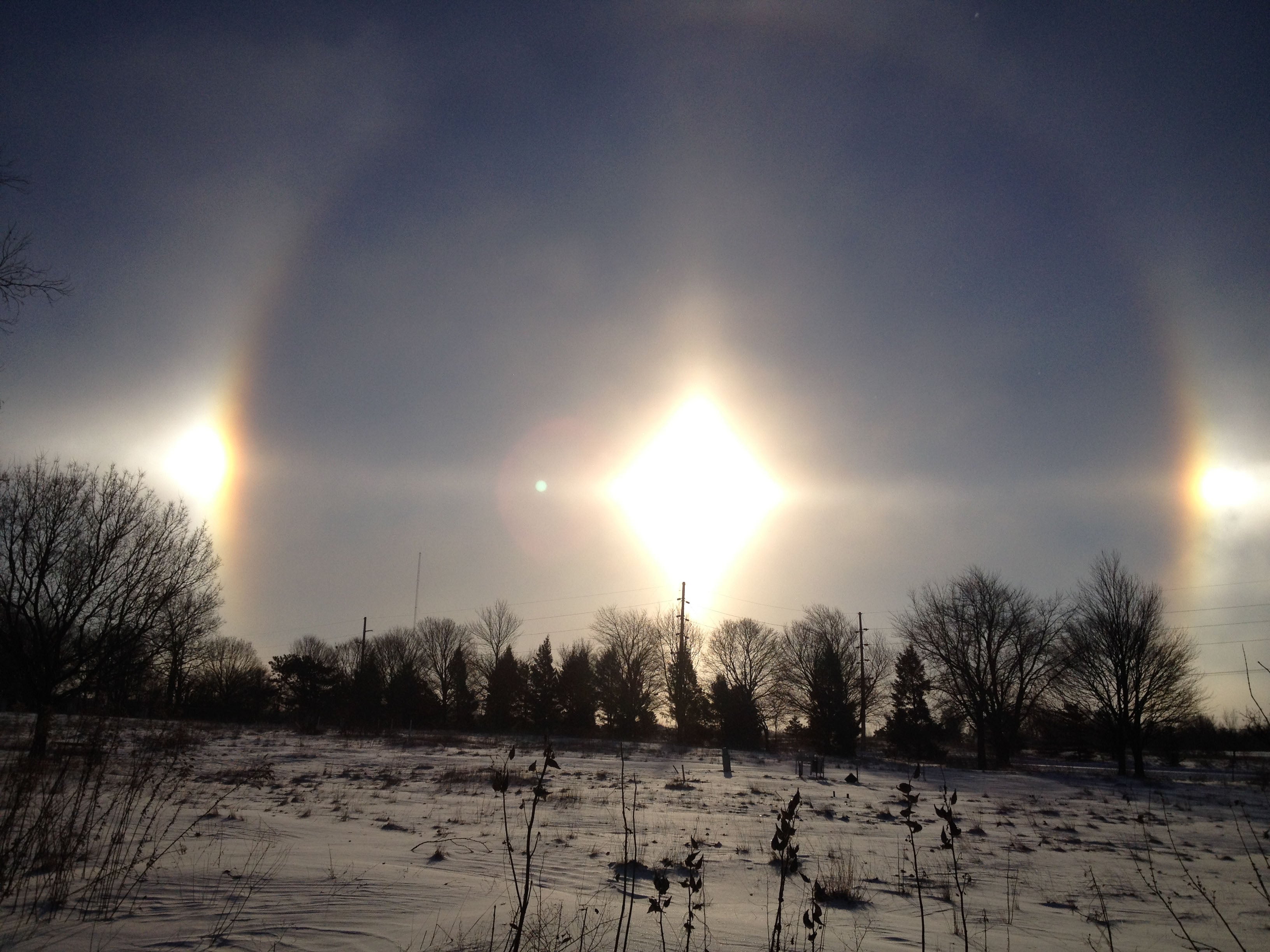
A brisk winter dawn high in the mountains. You’re out there—running, hiking, or skiing across shimmering ice and snow—when two glowing apparitions suddenly flank the sun. This dazzling event, called sun dogs (or parelia), happens when sunlight filters through airborne ice crystals, forming a halo that feels almost otherworldly. It’s a stark reminder of how that mighty sun powers our every move, even when conditions are harshest. Beyond its brilliance, it reveals a deeper bond between us and this colossal energy source—a force that has ignited new ideas, unlocked boundless creativity, and keeps driving us forward.
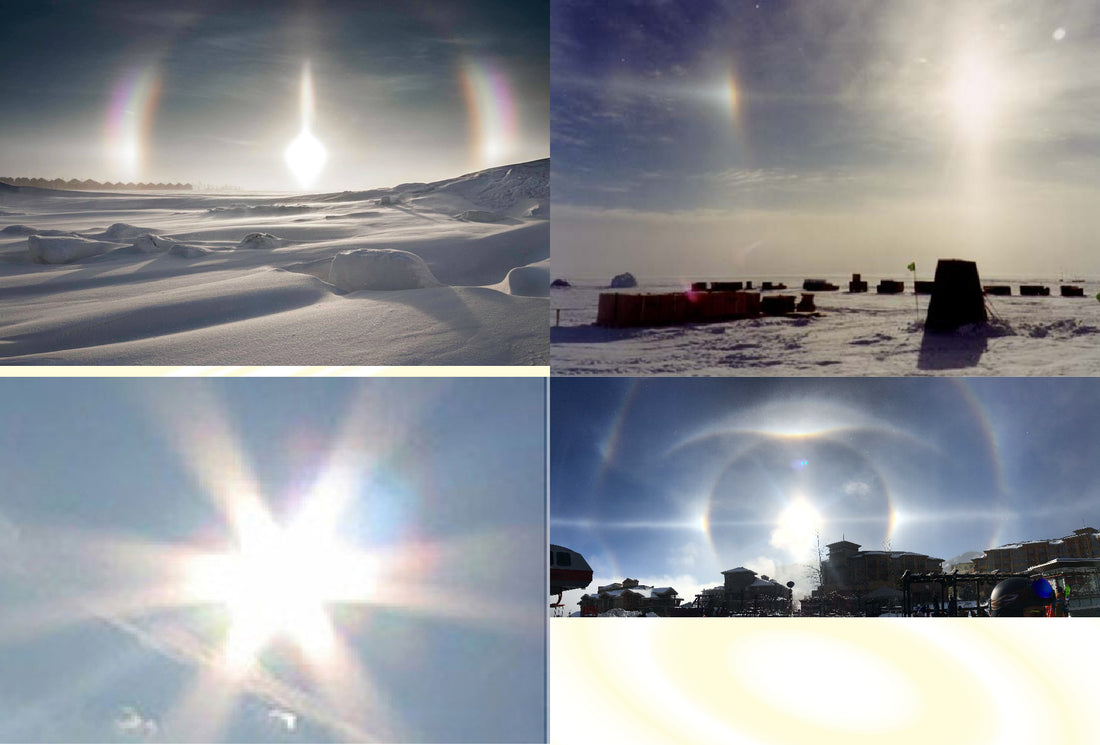
If, as we know, dynamism is primarily an outdoor affair, and practice, exercise, and consistency define us even in those moments when it’s extremely difficult to honor our commitments—especially in adverse weather conditions—we must still pay homage to the greatest energy entity known to humankind: the sun. The sun that accompanies us in our group or solitary moments, in effort or in rest, in the evening when it settles or in the morning when it rises again.
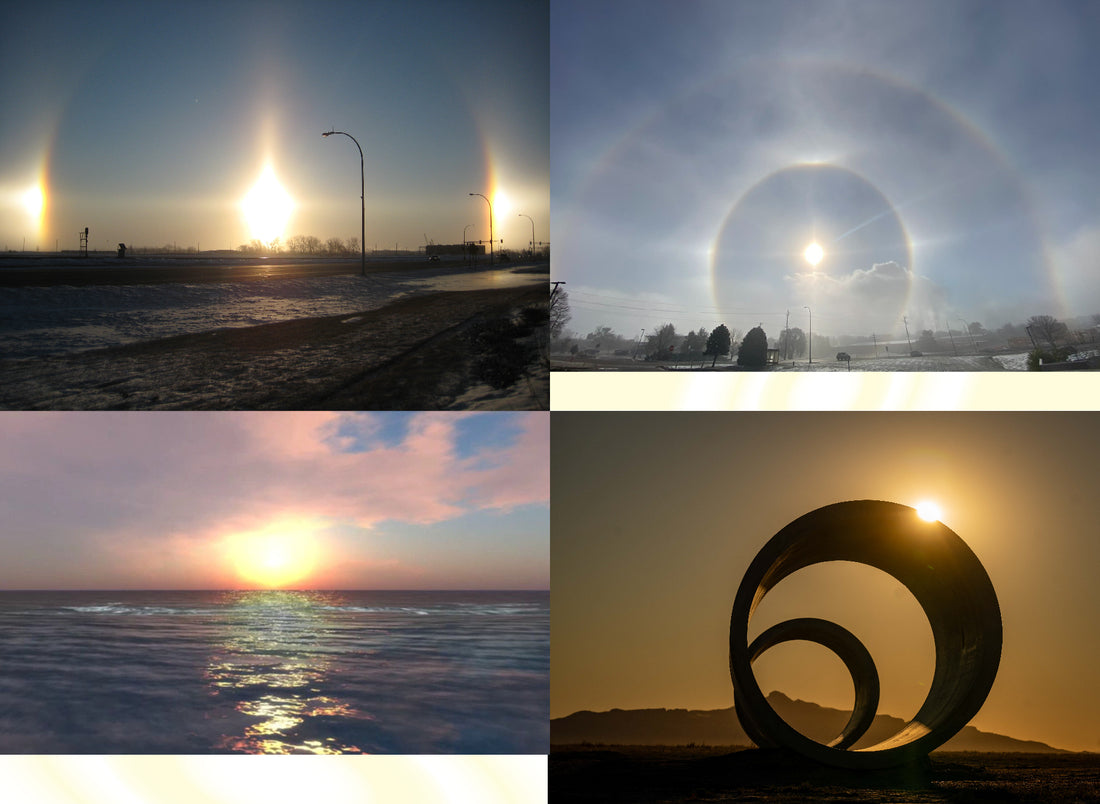
The sun has always been a powerful magnet for creativity and art, and many contemporary artists have explored the connection between the sun, solar energy, and nature, creating works that merge aesthetics with sustainability. Beyond the renowned Olafur Eliasson, with The Weather Project—an artificial sun within Tate Modern—“solar art” has ventured much further with artists like Rafael Lozano-Hemmer, who utilizes solar energy and interactive technologies to engage the public, and Agnes Denes, a true pioneer of land art who investigated the relationship between energy and the environment, anticipating much of today’s ecological discourse. A critical dimension of this is underscored by works like Suns (From Sunsets) from Flickr by Penelope Umbrico, a piece exploring the overabundance of digital imagery and our relationship with the sun in the age of online photography.
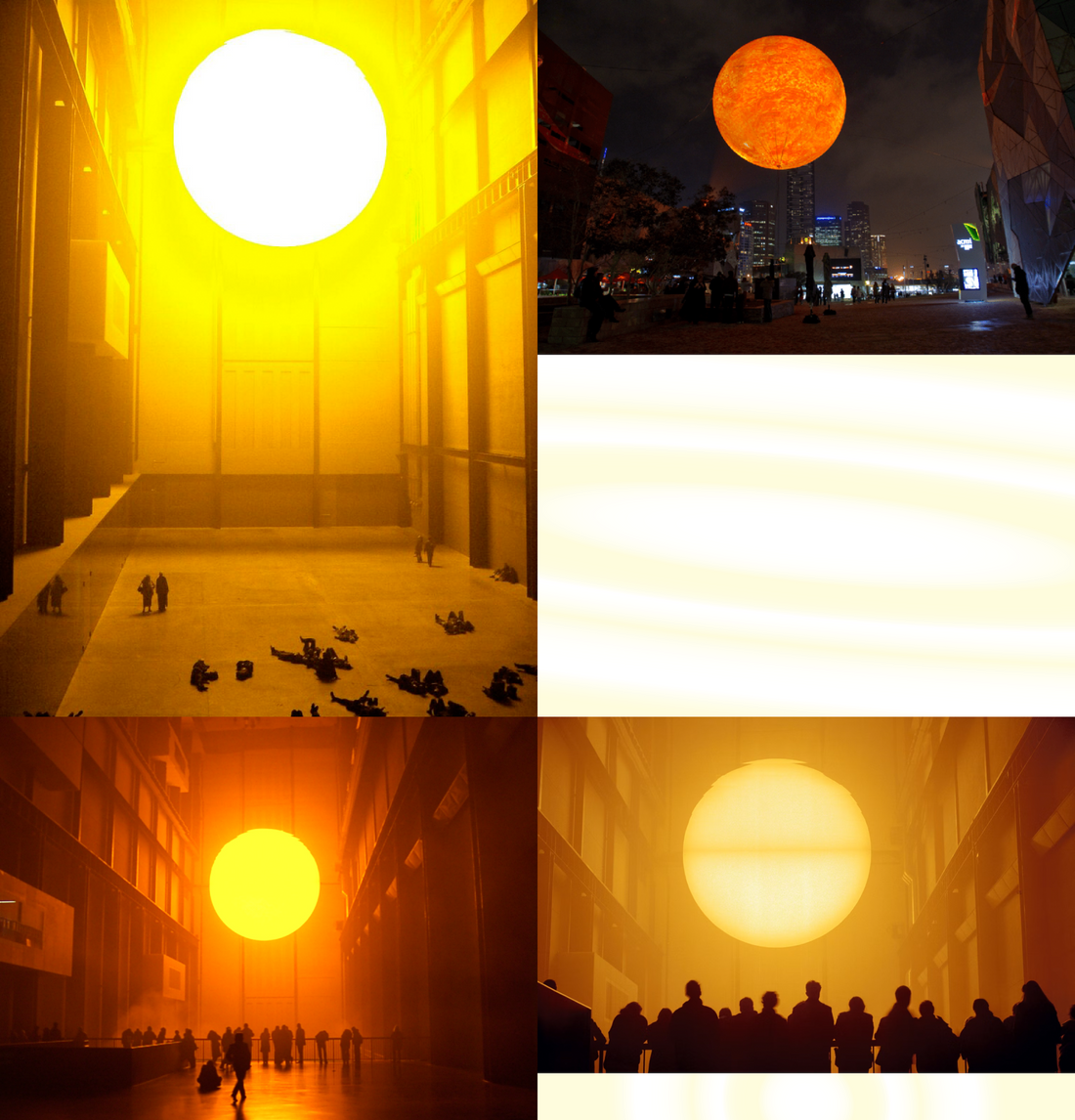
works by Olafur Eliasson and Rafael Lozano
Nancy Holt is another excellent example—an artist who, as early as the 1970s with her Sun Tunnels, expressed herself through a practice aimed at exploring the relationship between art, the sun, and the landscape. Created between 1973 and 1976 in the Great Basin Desert in Utah, the work consists of four massive concrete cylinders, arranged to form a cross aligned with sunrise and sunset during the summer and winter solstices. Each tunnel is perforated with holes representing constellations such as Draco, Taurus, Perseus, and Capricorn, casting playful patterns of light within the structure.
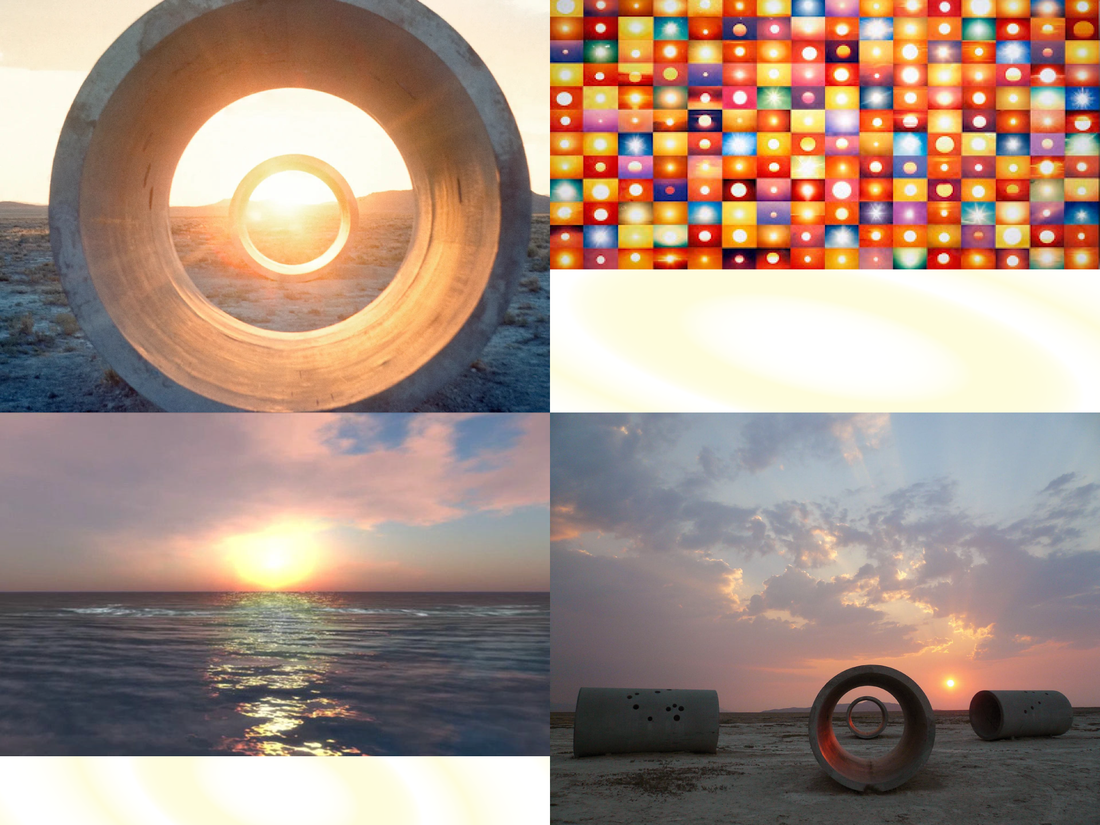
works by Nancy Holt and Penelope Umbrico
The piece functions both as a solar observatory and an immersive experience, inviting visitors to reflect on the link between time, the landscape, and the universe. Holt effectively forges a bond between the vastness of the cosmos and human scale, transforming the desert into a site of meditation and contemplation.
Thus, art engages our habits, speaks to our daily reality and its very existence, and suggests that our experience of the surrounding world can be called into question—encouraging us to interact with the visible realm in an entirely new way.


